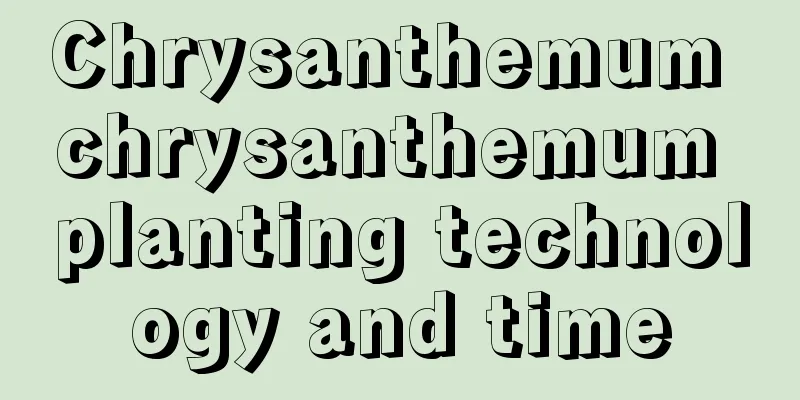Causes and treatments for yellowing magnolia leaves

1. Too much waterReason: Plants need an appropriate amount of water to grow. If it exceeds the required range, it will become a burden on their growth. If you water the magnolia too much, water will accumulate, causing root rot and causing larger areas of leaves to turn yellow. Measures: If the situation is not serious, you can loosen the soil, drain excess water from the potting soil, and increase air permeability. If the situation is serious, you need to dig out the plant, cut off the rotten roots, and apply some growth hormone and rooting agent. Then change the soil and replant it to encourage its roots to grow again. 2. Pest and disease problemsCause: Magnolia may have partial yellowing of leaves due to the sucking of scabies or aphids and the occurrence of sooty mold. Measures: It is necessary to find out the source of pests and diseases and take timely measures to control them, and the yellowing of leaves will be alleviated. 3. Natural agingReason: Don’t panic when you see the leaves turning yellow. It may not be due to maintenance problems, but just the growth process of its metabolism. It is a natural aging and yellowing. Measures: Don’t worry about this situation, just let nature take its course and trim the yellow and fallen leaves from time to time. 4. Unsuitable soilReason: Magnolia has relatively high requirements for soil. The soil for growing magnolia should be sandy soil with good drainage and slightly acidic properties. If the soil used is alkaline and compacted, it will be very detrimental to its growth and will gradually cause its branches and leaves to turn yellow. Measures: It is necessary to replace the well-drained, slightly acidic sandy soil in time. Dig out the plant, cut off the roots that may rot, disinfect the roots and new soil, and then replant it. 5. Insufficient nutrientsReason: Magnolia likes fertilizer, and its growth requires sufficient nutrients through fertilization. If too little fertilizer is applied, the plant will be malnourished and will develop yellow leaves. Measures: Top dressing is needed in time, do not apply too much fertilizer at one time, just an appropriate amount to slowly replenish the nutrients it needs. In daily maintenance, some compound fertilizer should be applied during the flowering period, and nitrogen fertilizer should be applied once after the flowering period. |
<<: Causes and treatments of yellow leaves of royal clothing
>>: Causes and treatments for yellowing leaves of magnolia
Recommend
When is the best time to plant fish grass seeds?
Fish grass seed planting time Fish grass is an an...
How to make bear paw fat
1. Light and temperature It likes a warm, dry and...
How to graft cactus with fairy finger? Which cactus variety is best?
1. How to graft cactus with fairy finger 1. Prepa...
The Flower Language of Narcissus
1. Respect Because historically, daffodils are a ...
How to plant Chinese cabbage seeds
The time for planting Chinese cabbage seeds is in...
What does peach blossom mean? Pictures of peach blossom
1. Plant introduction Peach blossom refers to the...
How to make Monstera deliciosa grow out of its pot and grow big and thick
1. Soil foundation If you want Monstera to grow o...
How to grow violets through leaf cuttings
1. Time The best time to use this method is after...
The flower language and legend of jiexiang
The flower language of incense Happy marriage. Th...
Can urea be used as foliar fertilizer? (How many times should urea be diluted to be used for foliar spraying?)
The effect of fertilizer application on crops dep...
Cultivation methods and precautions of fragrant wood
1. Soil Fragrant wood prefers soil that is not pr...
How long does it take for Clivia seeds to germinate (Clivia seed planting method)
How long does it take for Clivia seeds to germina...
How long is the growth period of girl fruit
How long is the growth period of girl fruit The g...
How to cultivate yew bonsai
Preparation method Select pot When making a yew b...
How to grow rubber trees
1. Breeding conditions 1. Soil: The roots of rubb...









